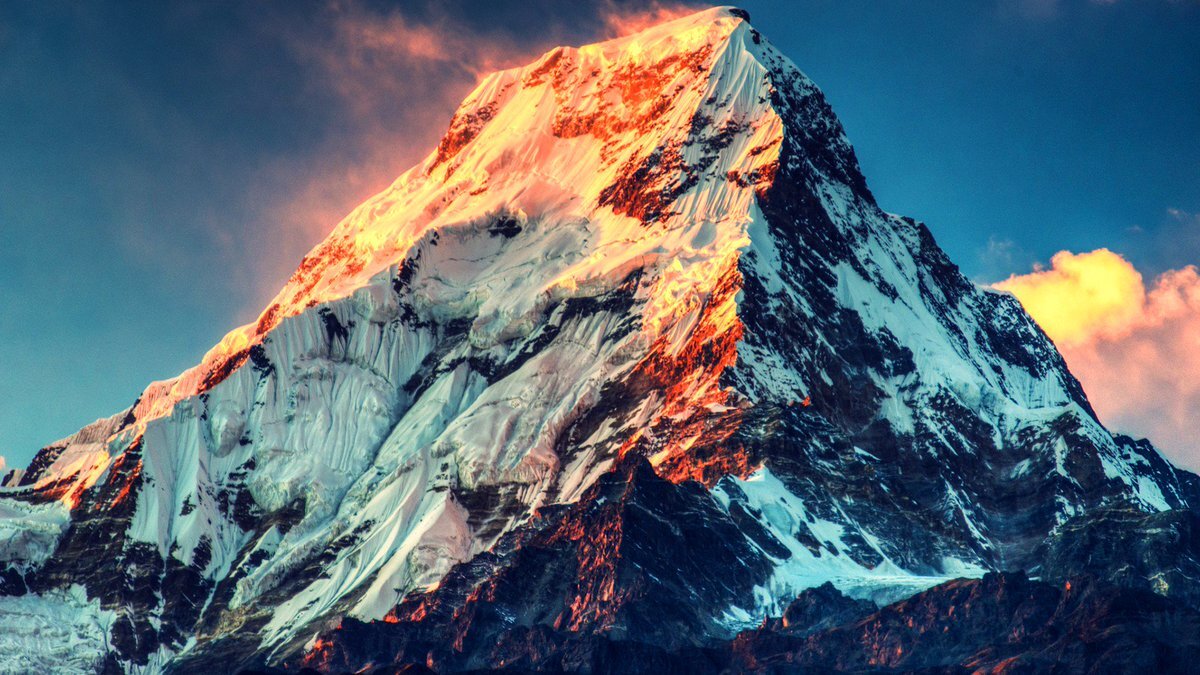
Mount Everest stands as the tallest mountain on Earth, drawing adventurers from all corners of the globe. But did you know that over 300 climbers have perished on its icy slopes? Bodies on Mount Everest remain preserved due to the extreme cold, turning the mountain into a graveyard. These frozen climbers serve as eerie markers along the treacherous routes. Some bodies even have nicknames, like "Green Boots," a well-known landmark. The harsh environment makes recovery nearly impossible, leaving many where they fell. This article dives into 28 chilling facts about these Mount Everest bodies, revealing the mountain's deadly allure.
Key Takeaways:
- Climbing Mount Everest is a dangerous feat, with over 300 fatalities since 1922. The mountain's extreme conditions and unpredictable weather make it a perilous challenge for climbers.
- The presence of bodies on Everest raises ethical and environmental concerns. The mountain's allure continues to draw climbers, but the risks and impact on the environment are significant.
The Grim Reality of Mount Everest
Mount Everest, the tallest mountain in the world, is a dream destination for many climbers. However, the journey to its summit is fraught with peril. The mountain is not just a natural wonder; it is also a graveyard for many who have attempted to conquer it.
-
Over 300 people have died on Mount Everest since the first attempt to reach the summit in 1922. The harsh conditions and unpredictable weather make it a dangerous endeavor.
-
The bodies of climbers who perish on Everest often remain on the mountain. The extreme cold preserves them, turning the mountain into a macabre museum.
The Challenges of Recovery
Recovering bodies from Everest is a daunting task. The high altitude, severe weather, and treacherous terrain make it nearly impossible.
-
It can cost between $40,000 to $80,000 to retrieve a body from Everest. The expense and risk involved often deter recovery efforts.
-
Many bodies are left in place as a mark of respect. Climbers believe that disturbing the dead is disrespectful and dangerous.
Famous Bodies on Everest
Some bodies on Everest have become well-known landmarks, serving as grim reminders of the mountain's dangers.
-
"Green Boots" is one of the most famous bodies on Everest. The climber, believed to be Tsewang Paljor, died in 1996 and his body, marked by green boots, has become a waypoint for climbers.
-
David Sharp, another climber, died near "Green Boots" in 2006. His death sparked controversy as many climbers passed by without offering help.
The Impact on Climbers
Seeing bodies on the mountain can have a profound psychological impact on climbers.
-
Encountering a frozen body can be a stark reminder of the risks involved. It can cause climbers to reconsider their journey or push on with heightened caution.
-
Some climbers report feeling a sense of connection with the deceased. They see the bodies as fellow adventurers who shared the same dream.
The Role of Sherpas
Sherpas play a crucial role in Everest expeditions, often risking their lives to assist climbers.
-
Many Sherpas have lost their lives on Everest. Their contributions are invaluable, yet they face the same dangers as the climbers they assist.
-
Sherpas are often involved in recovery missions. Their expertise and knowledge of the mountain are essential, but the risks remain high.
Environmental Concerns
The presence of bodies on Everest raises environmental and ethical questions.
-
Bodies left on the mountain can contribute to pollution. As they decompose, they release toxins into the environment.
-
Some climbers advocate for the removal of bodies to preserve the mountain's natural beauty. However, the logistical challenges make this difficult.
The Future of Everest Expeditions
As more people attempt to climb Everest, the number of fatalities may increase.
-
Advances in technology and equipment have made climbing Everest more accessible. However, this has also led to overcrowding and increased risks.
-
Some experts call for stricter regulations on who can attempt the climb. Limiting the number of climbers could reduce fatalities and preserve the mountain.
The Human Spirit
Despite the dangers, the allure of Everest continues to draw climbers from around the world.
-
The desire to conquer the highest peak is a testament to human determination and resilience. Climbers are willing to face extreme risks for the chance to stand on top of the world.
-
The stories of those who perished on Everest serve as both a warning and an inspiration. They remind us of the mountain's power and the human spirit's strength.
The Legacy of Fallen Climbers
The climbers who lost their lives on Everest leave behind a legacy that continues to inspire and caution future adventurers.
-
Many climbers are remembered through memorials and plaques on the mountain. These tributes honor their courage and dedication.
-
The stories of fallen climbers are often shared among the mountaineering community. They serve as lessons and reminders of the mountain's unforgiving nature.
The Ethical Dilemma
The decision to leave bodies on Everest or attempt recovery poses an ethical dilemma for climbers and their families.
-
Some families choose to leave their loved ones on the mountain. They believe it is where the climbers would have wanted to rest.
-
Others seek closure through recovery efforts. Bringing a body home can provide a sense of peace and finality.
The Role of Technology
Technology plays a growing role in both climbing and recovery efforts on Everest.
-
Drones are increasingly used to locate bodies. They can reach areas that are too dangerous for climbers.
-
Advances in gear and clothing have improved survival rates. However, the mountain's challenges remain formidable.
The Psychological Toll
Climbing Everest can take a significant psychological toll on those who attempt it.
-
The sight of bodies can cause trauma and stress. Climbers must prepare mentally for the possibility of encountering death.
-
Survivors often experience survivor's guilt. They grapple with why they survived while others did not.
The Cultural Significance
Everest holds cultural significance for many, particularly the Sherpa community.
-
The mountain is considered sacred by the Sherpas. They view it with reverence and respect.
-
Climbing Everest is seen as a rite of passage. It is a test of endurance, skill, and determination.
The Unsolved Mysteries
Everest is home to many unsolved mysteries, including the fate of early climbers.
-
George Mallory and Andrew Irvine disappeared in 1924. Whether they reached the summit before their deaths remains unknown.
-
The discovery of Mallory's body in 1999 provided some clues. However, the mystery of their climb endures.
Final Thoughts on Mount Everest Bodies
Mount Everest, with its towering height and extreme conditions, has claimed many lives. Over 200 bodies remain on the mountain, serving as somber reminders of the risks climbers face. These bodies, often preserved by the cold, become landmarks for future expeditions. Climbers must navigate past these eerie markers, knowing the same fate could befall them. The mountain's harsh environment makes recovery efforts nearly impossible, leaving families without closure. Despite the dangers, adventurers continue to be drawn to Everest, driven by the allure of conquering the world's highest peak. Understanding the realities of these lost climbers adds a layer of respect for those who dare to challenge Everest. Their stories, frozen in time, remind us of the mountain's unforgiving nature and the human spirit's relentless pursuit of achievement.
Frequently Asked Questions
Was this page helpful?
Our commitment to delivering trustworthy and engaging content is at the heart of what we do. Each fact on our site is contributed by real users like you, bringing a wealth of diverse insights and information. To ensure the highest standards of accuracy and reliability, our dedicated editors meticulously review each submission. This process guarantees that the facts we share are not only fascinating but also credible. Trust in our commitment to quality and authenticity as you explore and learn with us.


